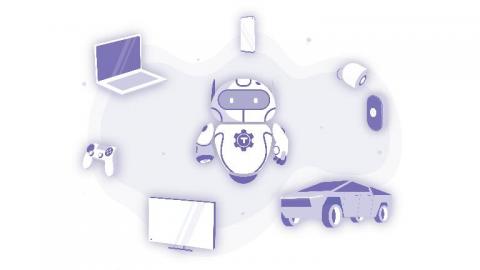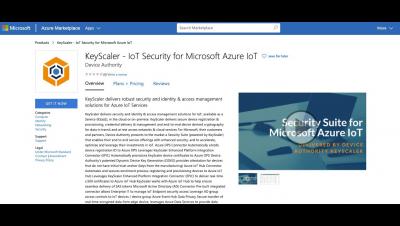Security | Threat Detection | Cyberattacks | DevSecOps | Compliance
%term
How to SSH into a Self-driving Vehicle
Over the last couple of years, we’ve started to see computers take to the street, and lucky for us, it’s been mostly to help us get deliveries or transport us around. These robots are a combination of sensors, compute units, and some form of connectivity. They have personalities, and if you look closely, two cute eyes on Postmates’ Serve that provide it with stereo vision to navigate the streets.
NormShield vs. UpGuard Comparison
Every week the news is full of new exposures of protected health information (PHI) and personally identifiable information (PII). These security incidents are not only more common but also more costly. The average cost of a data breach is now nearly $4 million globally and third-party vendors, cyber attacks, and misconfiguration are three of the main culprits.
Newly-discovered Android malware steals banking passwords and 2FA codes
Security researchers at Cybereason are warning of a new mobile banking trojan that steals details from financial apps and intercepts SMS messages to bypass two-factor authentication mechanisms. According to experts who have examined the code of the malware, known as EventBot, it differs substantially from previously known Android malware – suggesting that it might be written by a new group of cybercriminals.
Your Employees Are Superheroes, but This Superpower Might Be a Security Risk
Many people are working from home (WFH) now and will be for at least the next few weeks. The VPN and TLS connections that remote workers rely on allow for secure access, and although these are not new connection types to monitor, the current WFH situation has created a significant increase in the number of these connections you must monitor. This new WFH scenario has made one thing easier: mobile users are no longer mobile.
How to Use Splunk Security Solutions to Improve Incident Response: Lessons Learned from the GE Digital Predix SOC Team
As the responsibilities of the Security Operation Center (SOC) continue to increase, SOC teams are experiencing increased demand on their time and resources. Scaling a security team with little resources and funds can prove extremely difficult, especially when the incident response team spends most of their time chasing alerts.
The Difference Between Vulnerability Assessment and Vulnerability Management
In today’s constantly evolving cybersecurity threat landscape, you have to do everything possible and then some to protect your critical data assets. Performing a vulnerability assessment and implementing a vulnerability management program can help your organization effectively deal with cybersecurity vulnerabilities. However, it’s important to understand the difference between vulnerability assessment and vulnerability management.
Free Go Module Vulnerability Scanning in Visual Studio Code
If you’re a Golang developer using Visual Studio Code, keeping at-risk Go Modules out of your apps just got easier, and for free. Today we’re announcing a new version of the JFrog extension for VS Code, available for free download. This integration brings live vulnerability information about every public Go Module you’re using directly into your source editor from the rich metadata of JFrog GoCenter.
Have you started working from home? Secure your endpoints!
Due to recent international events, there are likely millions of people in the United States and around the world who have just started working from home. There are a lot of office jobs that could move from the company’s workplace to employees’ homes-- accountants, web designers, application developers, network administrators, lawyers, clerical jobs, stock traders, data entry people, call center agents, tech support agents, and probably many other white collar roles.










